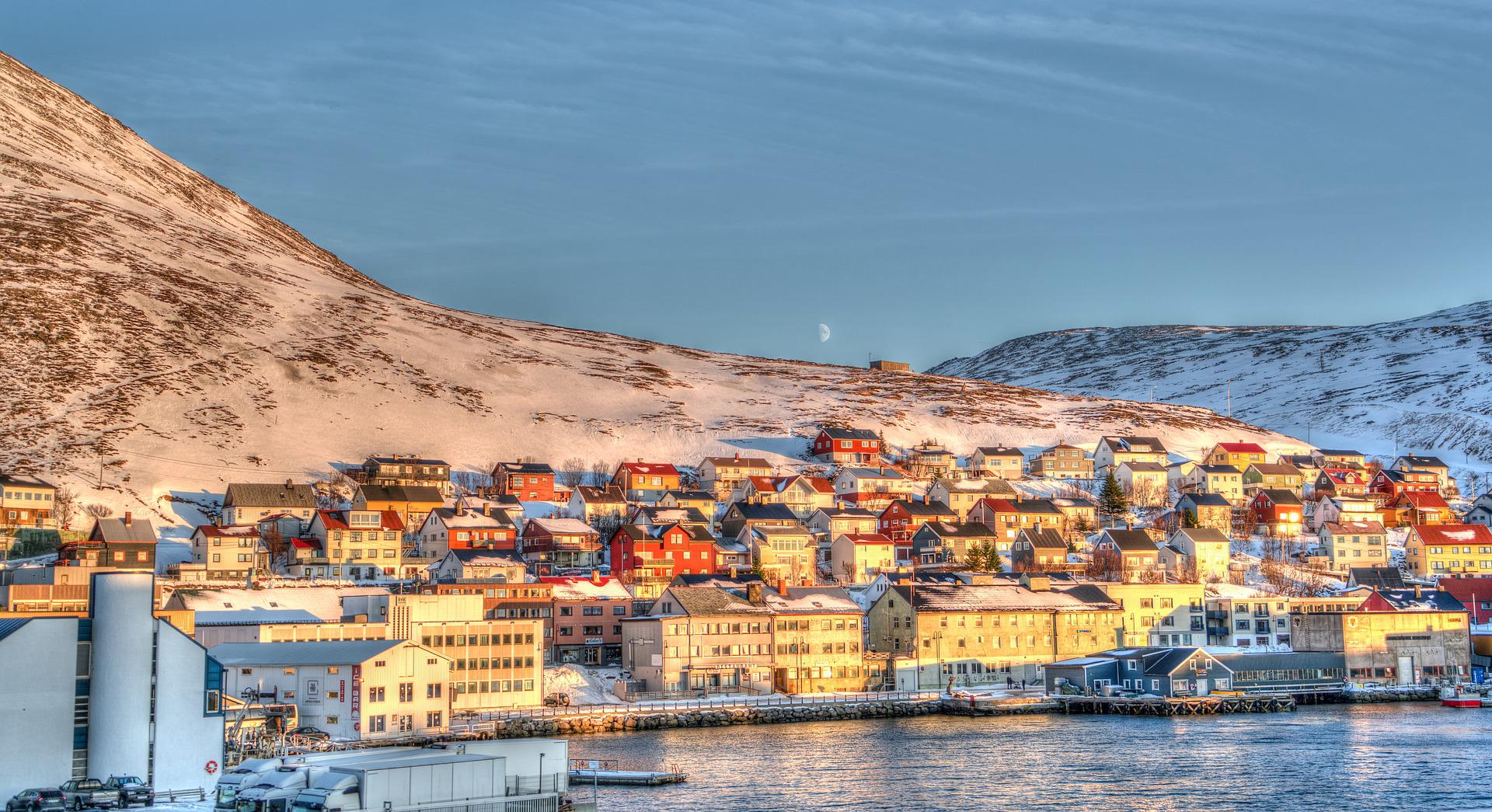Norwegian

Norwegian has experienced growth in all respects in recent decades, culturally, economically and even commercially. Since the second half of the 20th century, Norway has managed to bring about an increase in the welfare state. Especially from the 1970s onwards, thanks to the discovery of oil deposits and the consequent enrichment of the country.
It also possesses a wealth of natural resources with which it trades and is able to export a large volume. Along with this, GDP per capita is one of the highest in the world, making it one of the most stable economies in recent decades. Without a doubt, having professional Norwegian translators and interpreters is a key factor in internationalisation.
NORWEGIAN CULTURAL REFERENCES
It is also worth noting the many cultural references that Norway has provided in recent decades. Among others, musicals such as the music band A-ha, with their worldwide hit Take on Me. Or Norway’s consistent participation in the Eurovision Song Contest and its victory on three occasions. Moreover, in recent years, Norway has become the country with the fourth highest number of Internet users per capita. This has favoured the expansion of the language around the world and has attracted a large number of students. It has also generated audiovisual phenomena that have generated interest among Internet users worldwide. Highlights include the TV series Skam and the singers Aurora and Girl in Red.
NORWEGIAN: RELATIONSHIP WITH OTHER LANGUAGES
Norwegian is closely related to Danish and Swedish, to the extent that the three languages are mutually intelligible. This means that a Norwegian speaker and a Danish or Swedish speaker can understand each other without too much effort using their own language. On the other hand, due to its interesting history and linguistic evolution, Norwegian has two official forms of writing: Bokmål and Nynorsk. Bokmål is the most widely used form: it is used by approximately 80 % of the speakers. It is the result of the phonetic evolution of the Danish spoken in the territory of Norway between the 16th and 19th centuries. Nynorsk, on the other hand, was an attempt to revive the language spoken before the Danish-Norwegian union.
Today, the Norwegian state accepts both forms, but there is a clear preponderance of Bokmål. In fact, it is the one that is often taught to foreign students. In order to promote language teaching, there are institutions that conduct official examinations such as the Bergentest (also known in Norwegian as Test i norsk), which is officially certified by the Norwegian public university Folkeuniversitetet, according to the Common European Framework of Reference for Languages (CEFR).
WHERE IS NORWEGIAN SPOKEN?
The language is mainly spoken in Norway, where it enjoys official status and has more than four and a half million native speakers and around five million speakers worldwide. Specifically, it is also spoken in other countries, although to a lesser extent, such as Sweden, Finland, the United States, Russia, Canada and Spain, where, interestingly, there is a large community of Norwegian speakers in Alicante.
HOW CAN LINGUATRANS HELP YOU?
At LinguaTrans we are experts in Norweigan, which is present in all the services we provide, such as:
• Norwegian translation
• Norwegian sworn translation
• Norwegian transcription
• Norwegian subtitling
• Norwegian proofreading
• Norwegian voice-over
We have excellent native professionals for each translation service and speciality. Count on a highly reputed company in the market of language services by contacting us You can also consult our rates or request a free, no-obligation quote. We are standing by to take you far… including in Norwegian!
